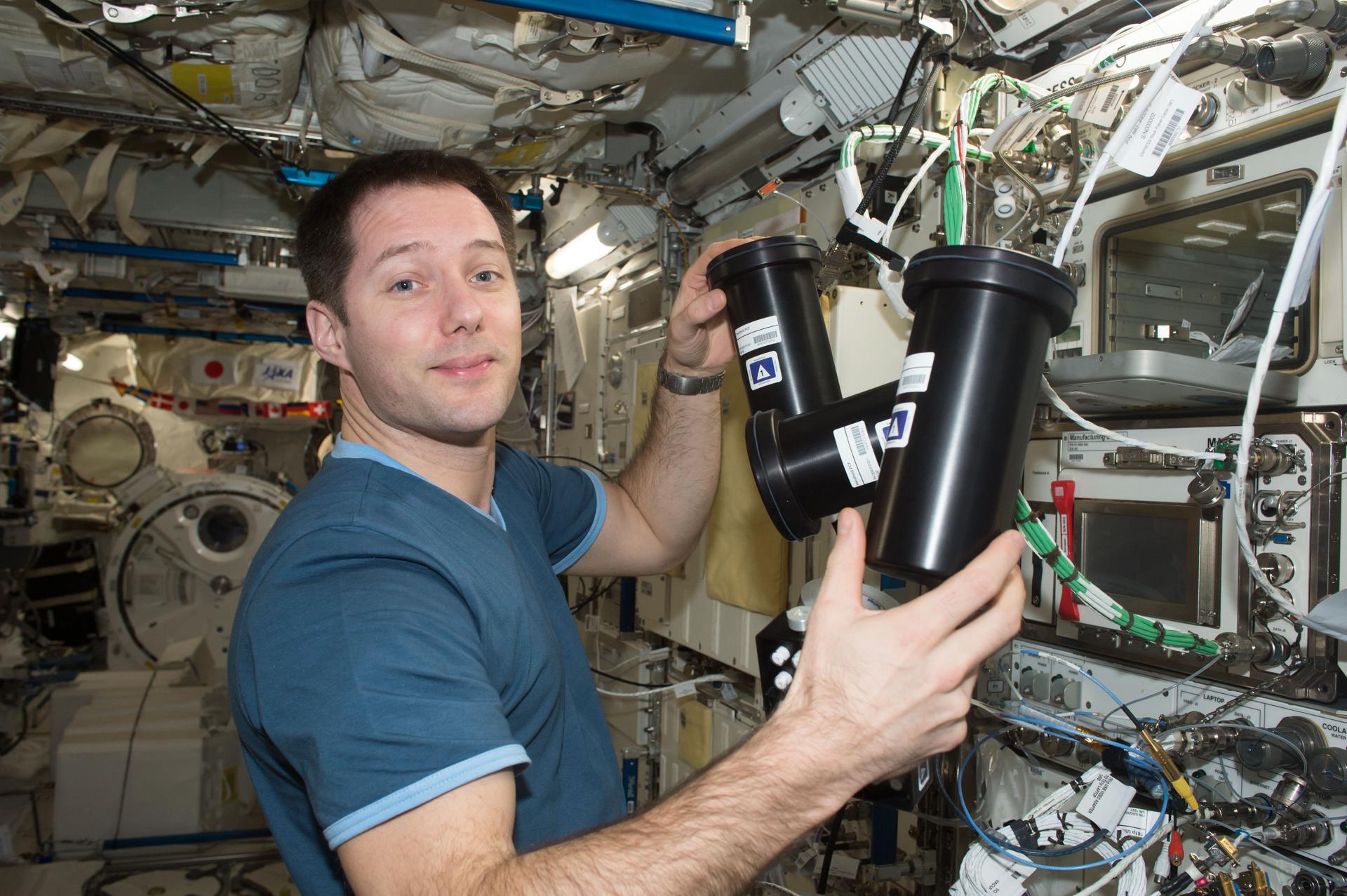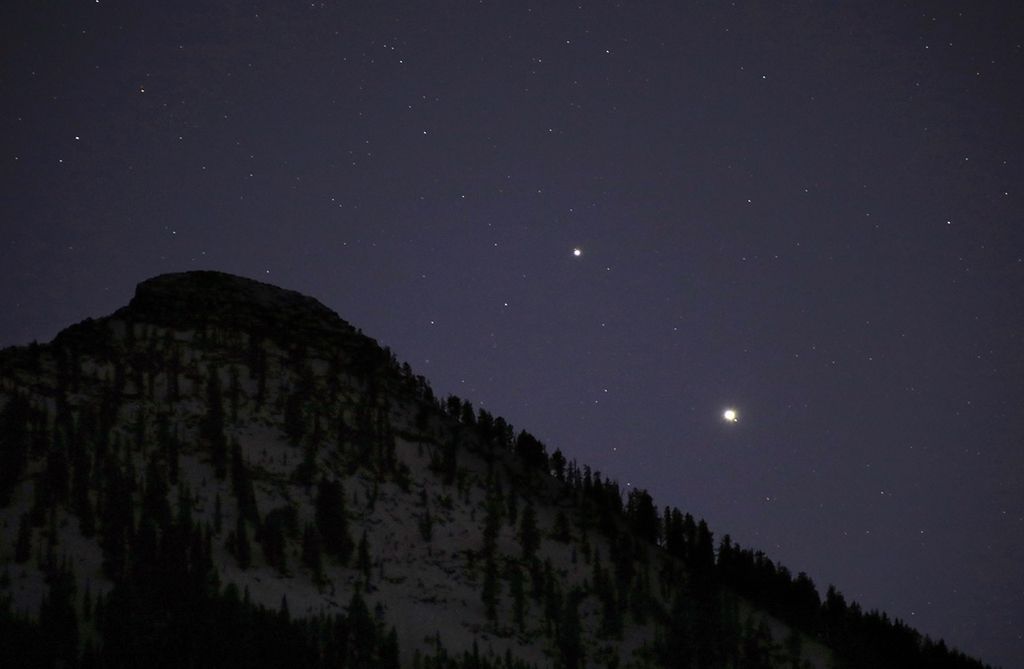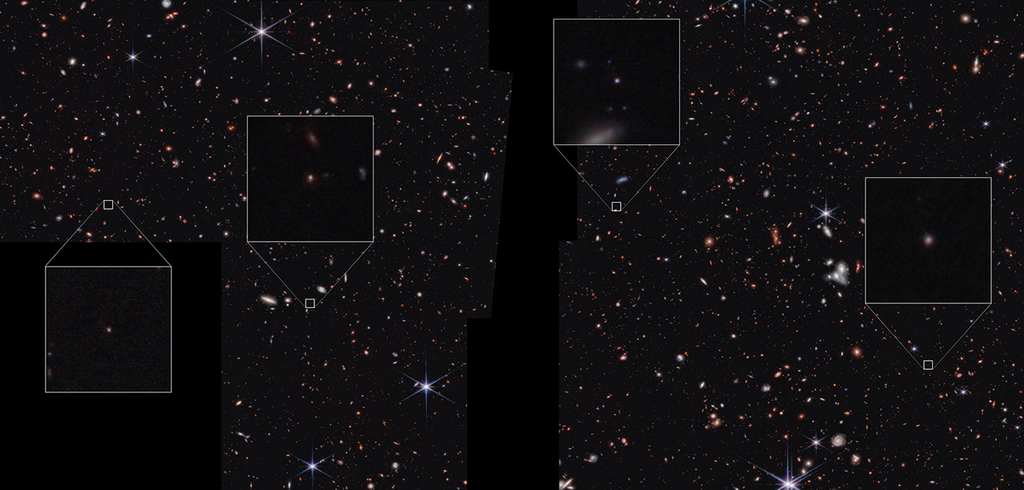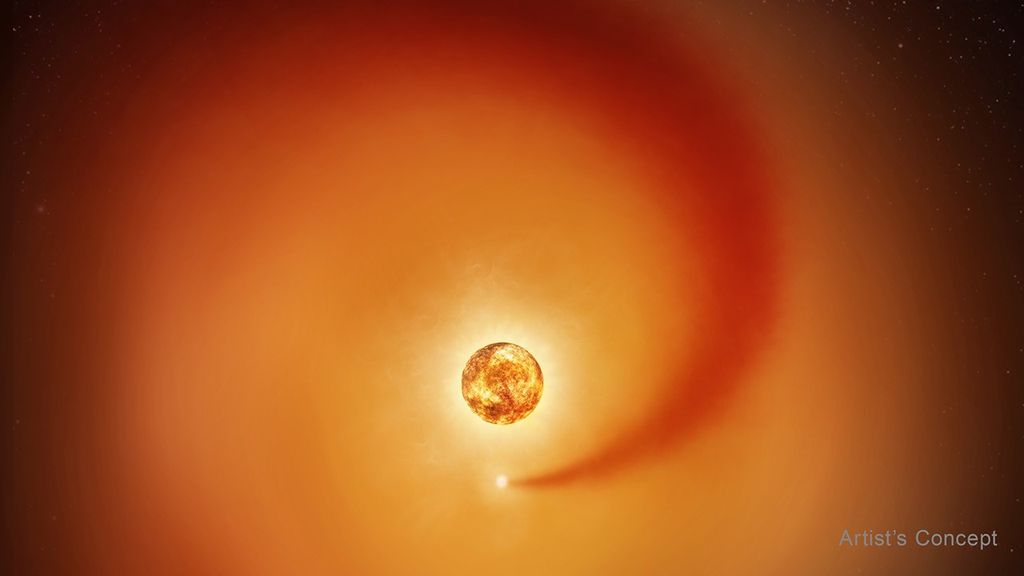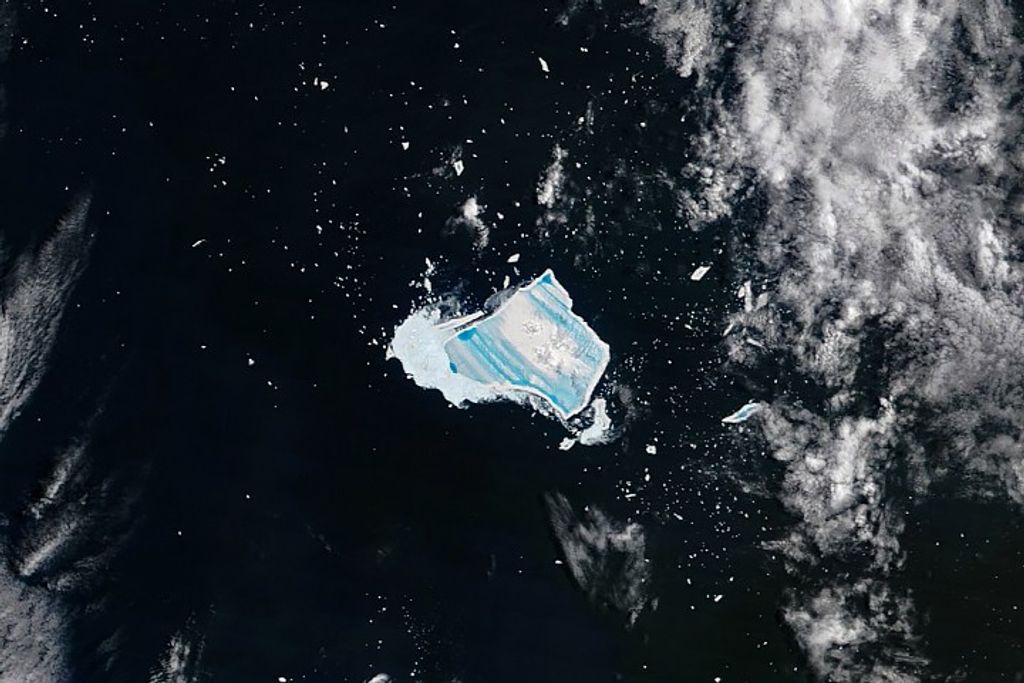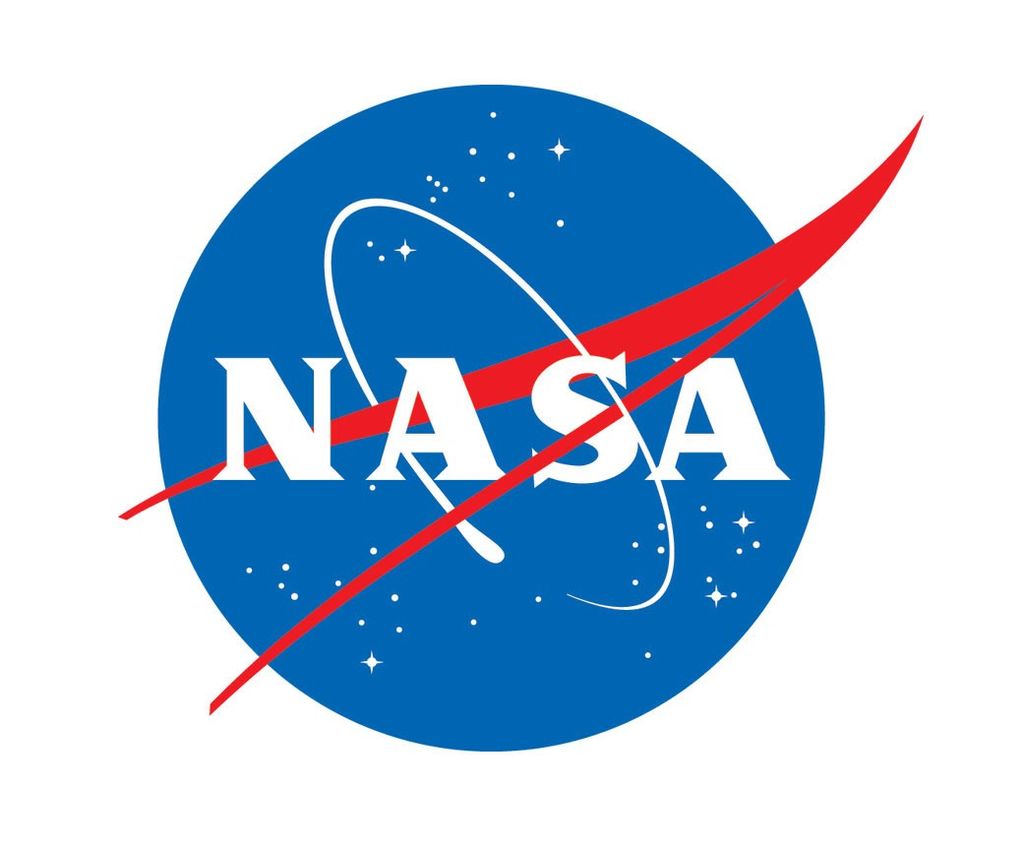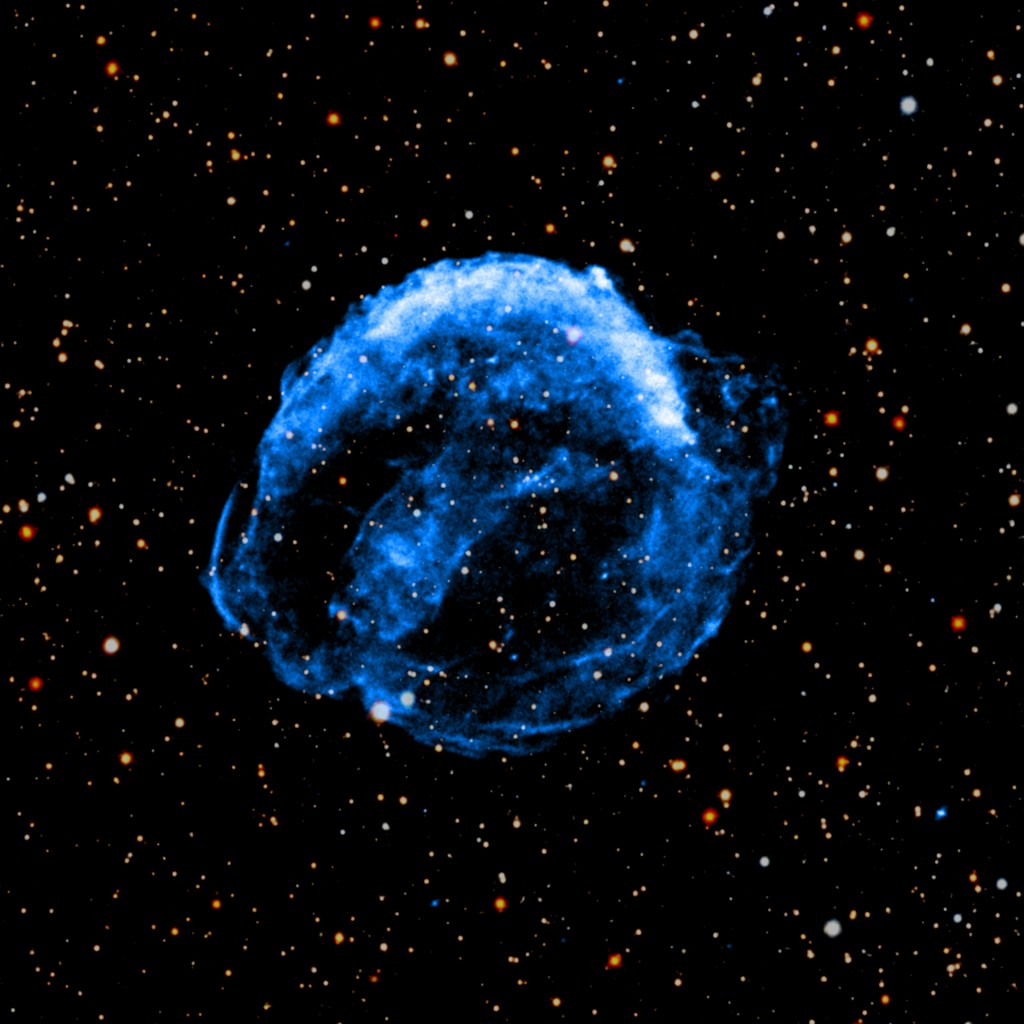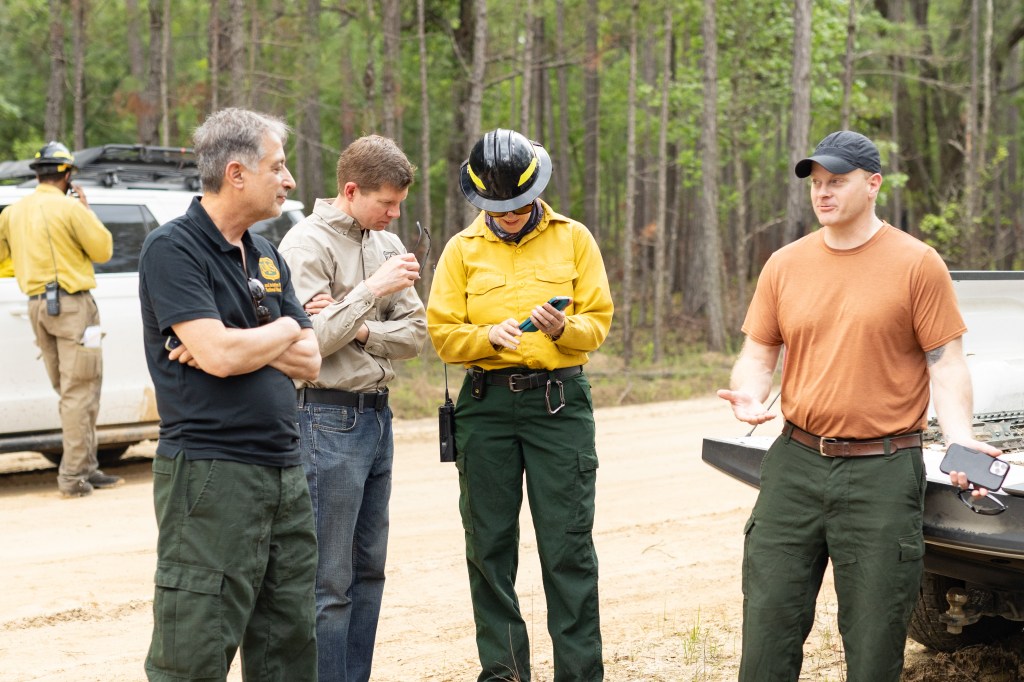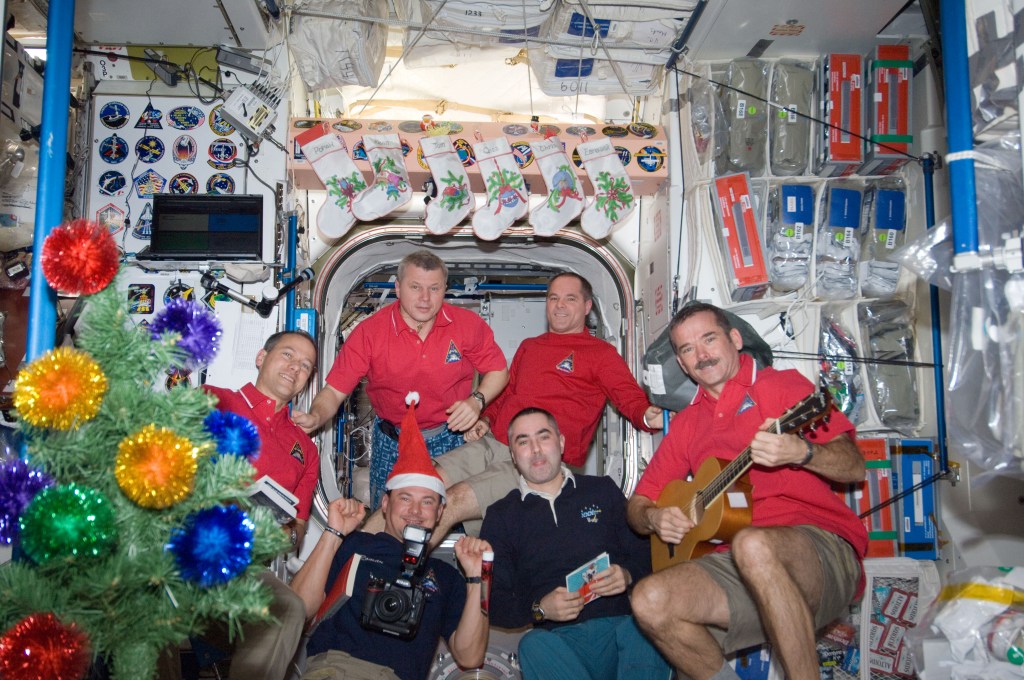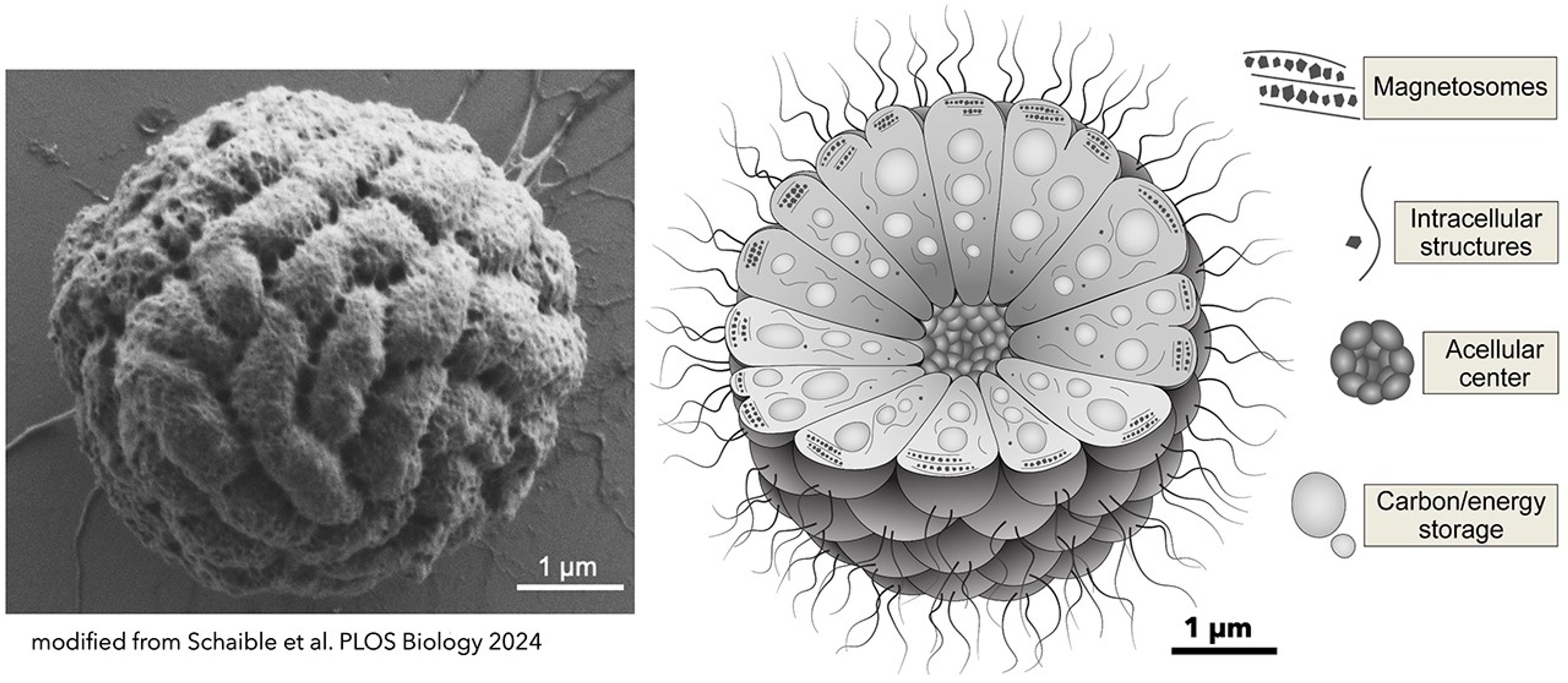Themes
Clipper's Winter Wonderland and Other Seasonal Pages
Europa Clipper is Earth’s first mission to conduct a detailed study of Jupiter’s moon Europa. Earth experiences a 'Winter Wonderland' as the seasons change. But the surface of Europa is permanently covered in an icy, frozen shell that hides a vast subsurface ocean of liquid water. Download this free coloring page of Europa Clipper that has been adapted from the Astrobiology Graphic Histories. Files are available in pdf and png.
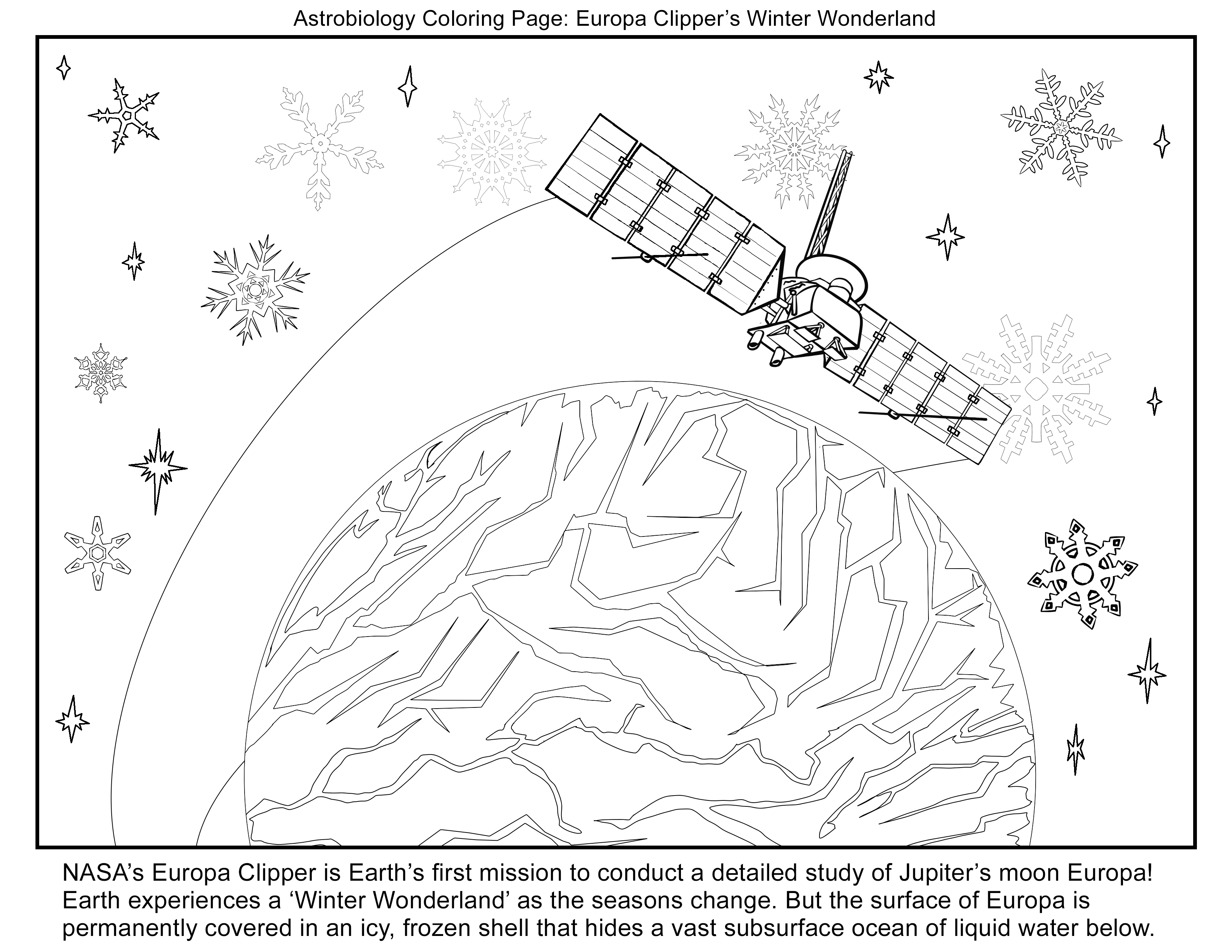
OSIRIS-REx Samples an Asteroid!
Download free coloring pages based on NASA’s Origins, Spectral Interpretation, Resource Identification, and Security-Regolith Explorer, or OSIRIS-REx, spacecraft! The artwork has been adapted from the Astrobiology Graphic Histories, and features the spectacular mission of OSIRIS-REx to collect samples from the asteroid Bennu and return them to scientists on Earth. Files are available as pdf files or png images.
Color Me Mars!
Download free coloring pages from the NASA Astrobiology Program featuring the Perseverance rover. The artwork has been adapted from the Astrobiology Graphic Histories, and features moments in Perseverance’s mission to gather samples from the Martian surface at Jezero crater. Files are available as pdf files or png images. Dig out your markers, paints, and crayons and add some color to Perseverance’s journey!
The James Webb Space Telescope
Download free coloring pages from the NASA Astrobiology Program featuring the James Webb Space Telescope. The artwork has been adapted from the Astrobiology Graphic Histories, and features NASA’s newest, most powerful telescope in space. Files are available as pdf files or png images.
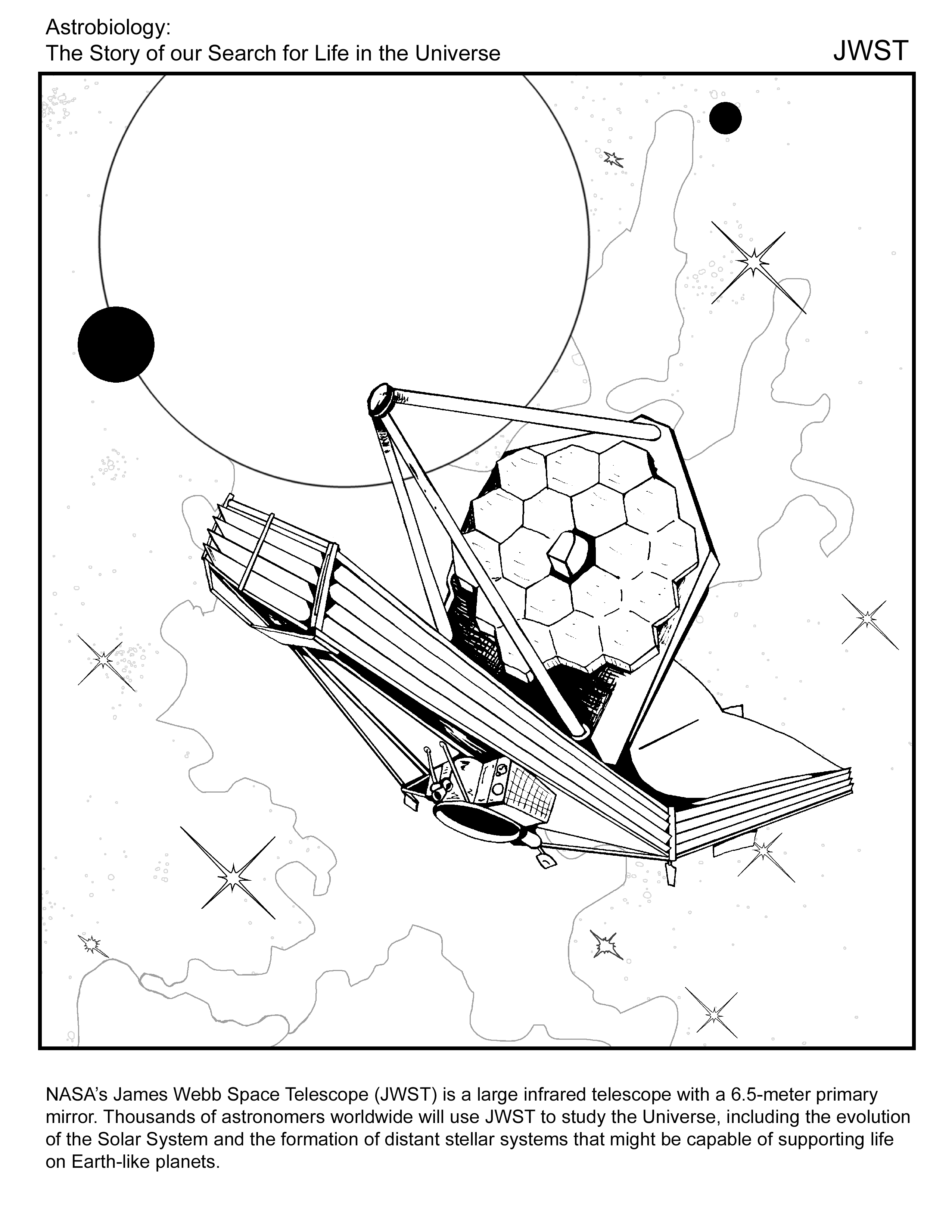
Draw Your Version of Extreme Life
Go on a journey to understand Earth’s extremophiles. Scientists examine harsh environments on Earth in order to identify the mechanisms that life uses to survive at the limits of habitability. This information could provide clues as to whether or not life as we know it might live on other worlds in the Universe.
Show us your coloring and drawing skills by posting your work on social media and tagging @NASAAstrobio
For NASA coloring pages directed at younger audiences, check out the NASA Science Space Place. Here you will find coloring pages featuring Perseverance, Mars, and other locations in the Solar System.
Even more coloring resources available from NASA Science: Share the Science, at:


